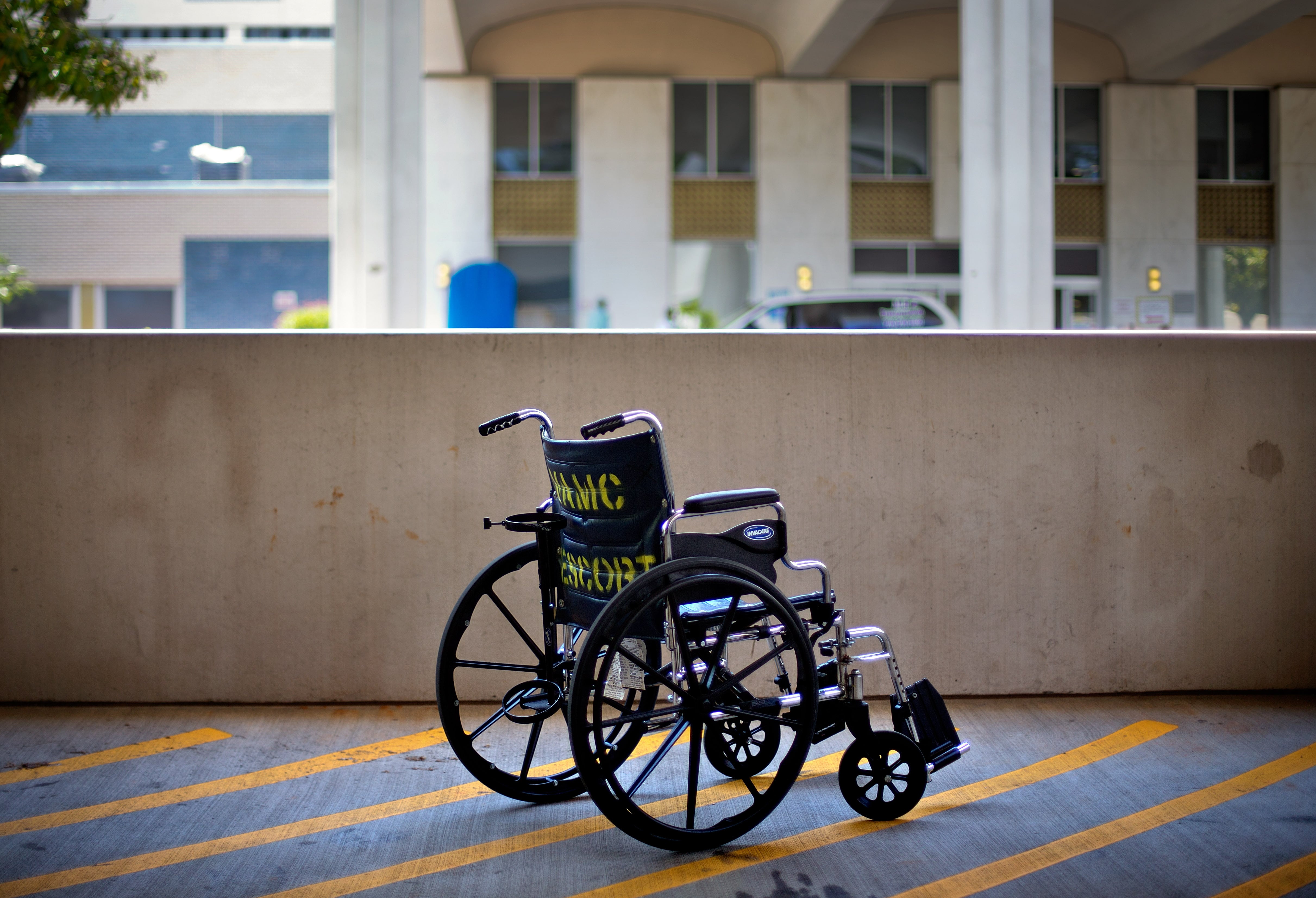Footing the bill for college these days isn't easy. Those who qualify can , but for those who qualify — and want to transfer their Post 9/11 GI Bill bennies to their spouse or children has multiple requirements — and steps. But it's a process sailors must stay on top of — or risk screwing it up. What you need to know to successfully transfer the benefit: Missing just one step can mean screw the whole process, so until you have the approval paperwork in hand — you need to stay on top of the process. The Navy has updated their instruction and included all the steps successfully transfer the benefit.
1. Eligibility. Are you eligible? You might be eligible for the GI Bill, but there are other rules that qualify you to transfer the benefits. The transfer rule was designed so career military members, who might already have the education they need, can pass it on to one or more family members. The basic qualifications:
• At least six years service by on the day you elect to transfer, with an agreement to and also agree to and obligate another four years after electing the transfer.
• Have served At least 10 years of active duty and selected reserve time, separately or combined, and aren't allowed by service policies, rules policy such as high-year tenure, to obligate for another four years, but you agree to serve the maximum remaining time allowed you.
Remember, Even if you are retirement eligible, you must obligate the additional four years or the maximum remaining time allowed you under either service or Department of Defense policy.
2. Transferability.Who can you transfer it to? You can give the benefit to your spouse or any of your children. But the beauty is that you can also split the benefit and give a portion to any combination of spouse and multiple children between multiple children.
To qualify, a family member must be enrolled in the Defense Eligibility Enrollment Reporting System, known as DEERS, and fully eligible for military dependent benefits at the time of the GI Bill transfer happens.
If you get a divorce from your spouse or your child gets married before using the benefits, they can still qualify to use the GI Bill if that is what you wantas long as you want them to. As the one who originally qualified for the benefit, you can revoke the transfer or modify how much of the benefit they get.
You can transfer the total 36-months of eligibility to one person or break it up between all those you have designated. The key is, each dependentperson must be designated to have at least one month of benefits at the time you set up the transfer. You can always shift the benefit around later, even after you are discharged. But once — that's your call —but once you leave the service, you can't qualify anyone new.
3. How soon to use it. Who gets what and when can they use it? Once it is established that you are eligible to transfer the education benefits and the family member is eligible, the next step is to decide what to give them. Again, as stated above, you can give it all to one person or split the 36 months of benefits between your multiple designees with everyone getting at least one month of benefits.Your Spouses can start using the benefit immediately upon your transfer being approved or they can use it once you separate or retire. From the date you leaveast active duty, the spouse must use the benefit within 15 years.
But if the benefit is used while the member is on active-duty, that spouse won't qualify for the monthly stipend or payment for books and supplies. That only comes after the member leaves the service.
If you have designated your child, he or she can only start using the benefits once the member has at least 10-years of service. They must have their high-school diploma or be 18 years old and here, too, it doesn't matter if the member is on active duty or has separated from the service. For the child, there's no 15-year deadline, but they must use it before they reach the age of 26 years old.
4. Apply early. How to apply? Remember, You can only apply to transfer benefits while on active duty, so if you are even considering doing this, start as soon as you are eligible.
A new 10-step "checklist" — titled Transfer of Education Benefits (TEB) Steps — in the March 2 OPNAV Instruction 1780.4that describes in detail how to make sure you qualify to transfer your benefits and how to apply, in a new March 2 OPNAV Instruction 1780.4. to obligating service and actually making the application.On March 2, the Navy updated OPNAV Instruction 1780.4 — it's own rules for sailors and the Post 9/11 GI Bill. The update includes policy changes from four NavAdmin messages issued since 2009.
But key to this discussion is a Navy The instruction and checklist, , with is Enclosure 2 and have made it easily available for you.
5. Be thorough. Take nothing for granted. Approval comes through the Applying for benefits transfer isn't something the Navy approves, that's done by the Veterans Administration. But You'll need the help of your command career counselor and possibly your personnel support detachment to get all the steps done — particularly if something in your record needs to be fixed, first.
Because there's obligated service required, that obligation must be made and documented in your record before you can finalize your benefit. In fact, Personnel officials recommend that sailors apply for do the benefits transfer within 30 days of re-enlistment or extension. And sailors can work with the Navy Personnel Command's G.I. Bill office to hold their transfer request until their obligated service can be verified in their electronic records.
"One of the most crucial steps is verifying the application status," said Paul D. Wilder, Navy GI Bill Programs branch head at Navy Personnel Command. "Check the milConnect Web page routinely until the 'Submitted' status changes to either 'Request approved' or 'Request rejected.' If the request has been rejected, members will need to take the appropriate corrective steps and resubmit the request."
Only after the status has changed to approved, he said, has the transfer of benefits been accomplished."
But the key here, officials say is to check up on the process because Many sailors assume have a "fire and forget" mentality and assume because they applied — approval is automatic. It's not. A small detail can cause the application to be disapproved, so log in early and often to the VA website until your approval is noted and you have the necessary paperwork in hand.
--Mark D. Faram
Mark D. Faram is a former reporter for Navy Times. He was a senior writer covering personnel, cultural and historical issues. A nine-year active duty Navy veteran, Faram served from 1978 to 1987 as a Navy Diver and photographer.





